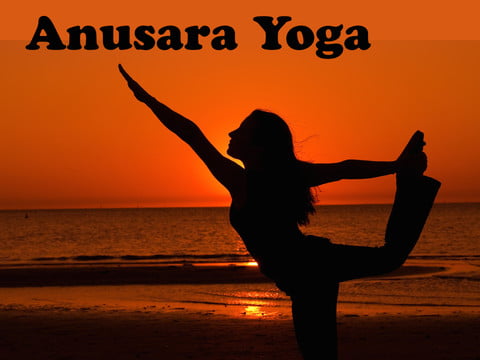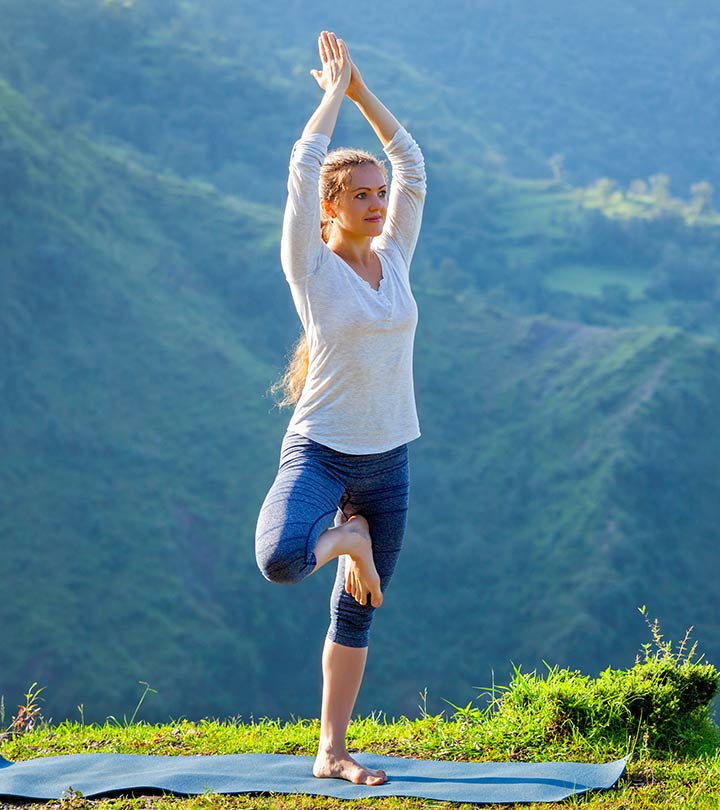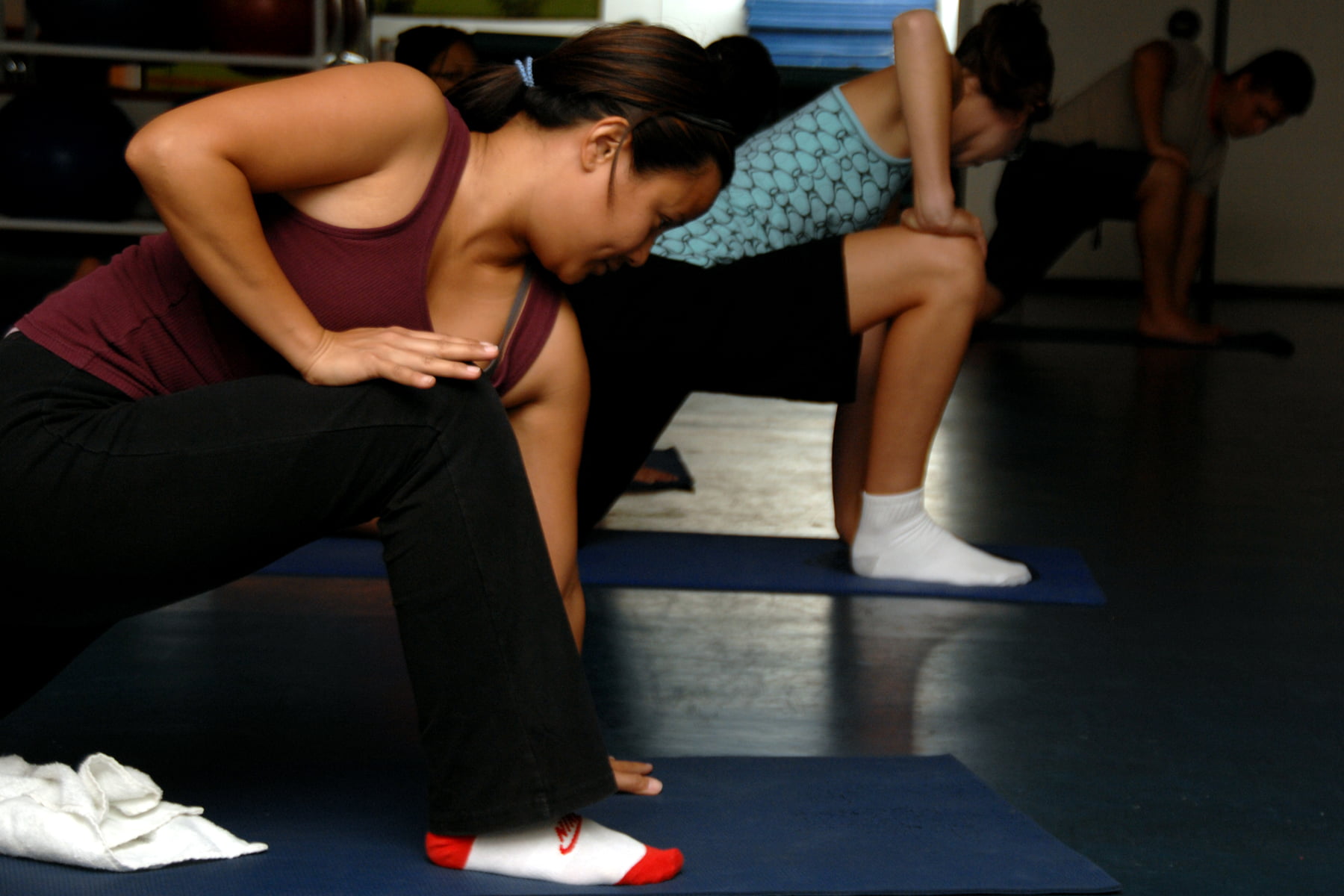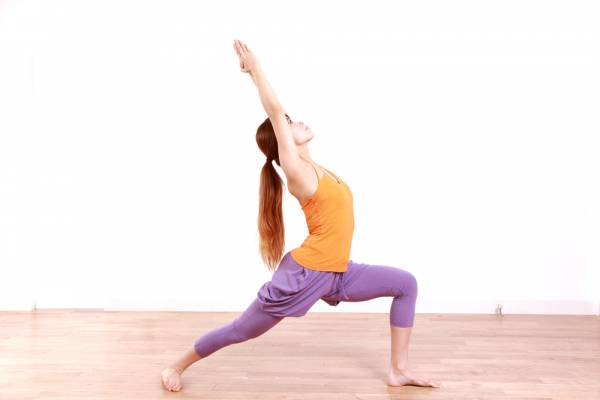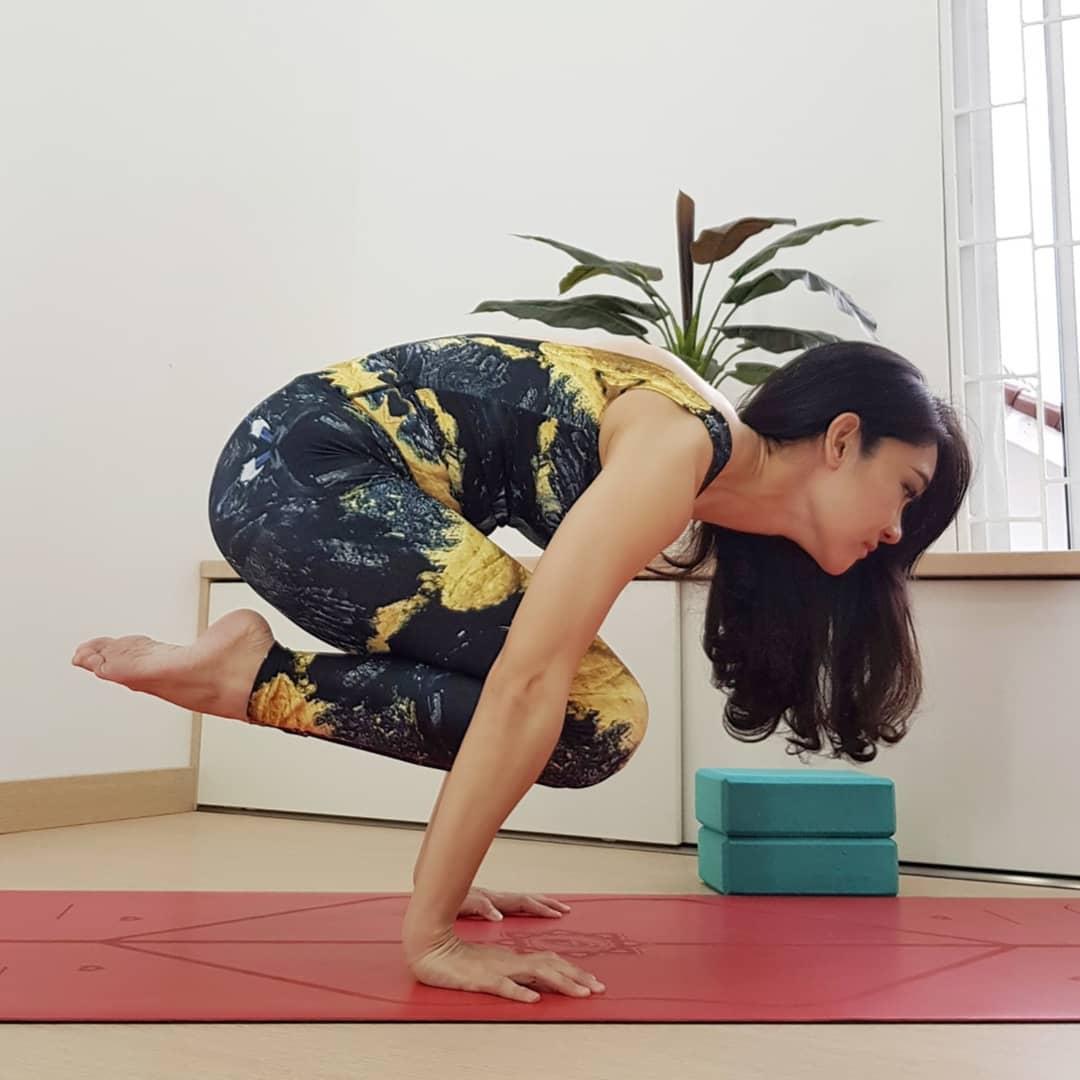
Sanskrit Name: Lolasana (लोलासन)
English Name: Pendant Pose or Swing Pose
Type of Yoga: Ashtanga Yoga
Level of Yoga: Advanced / Intermediate
Duration: As per your capability or 30 to 60 seconds
Target Area: Arms, Legs, Shoulders, Ankles
Strengthens: Leg, Human back, Wrist
The practice of Lolasana involves strong arms. So if you are a beginner to yoga practice then do not start your way to yoga with this asana. However, Lolasana (Pendant Pose) is worth trying since it strengthens your core strength, arms, abdominal areas, and upper back. In addition to this, you will feel a nerve-racking sense of execution if you really manage to challenge gravity and thus successfully take flight.
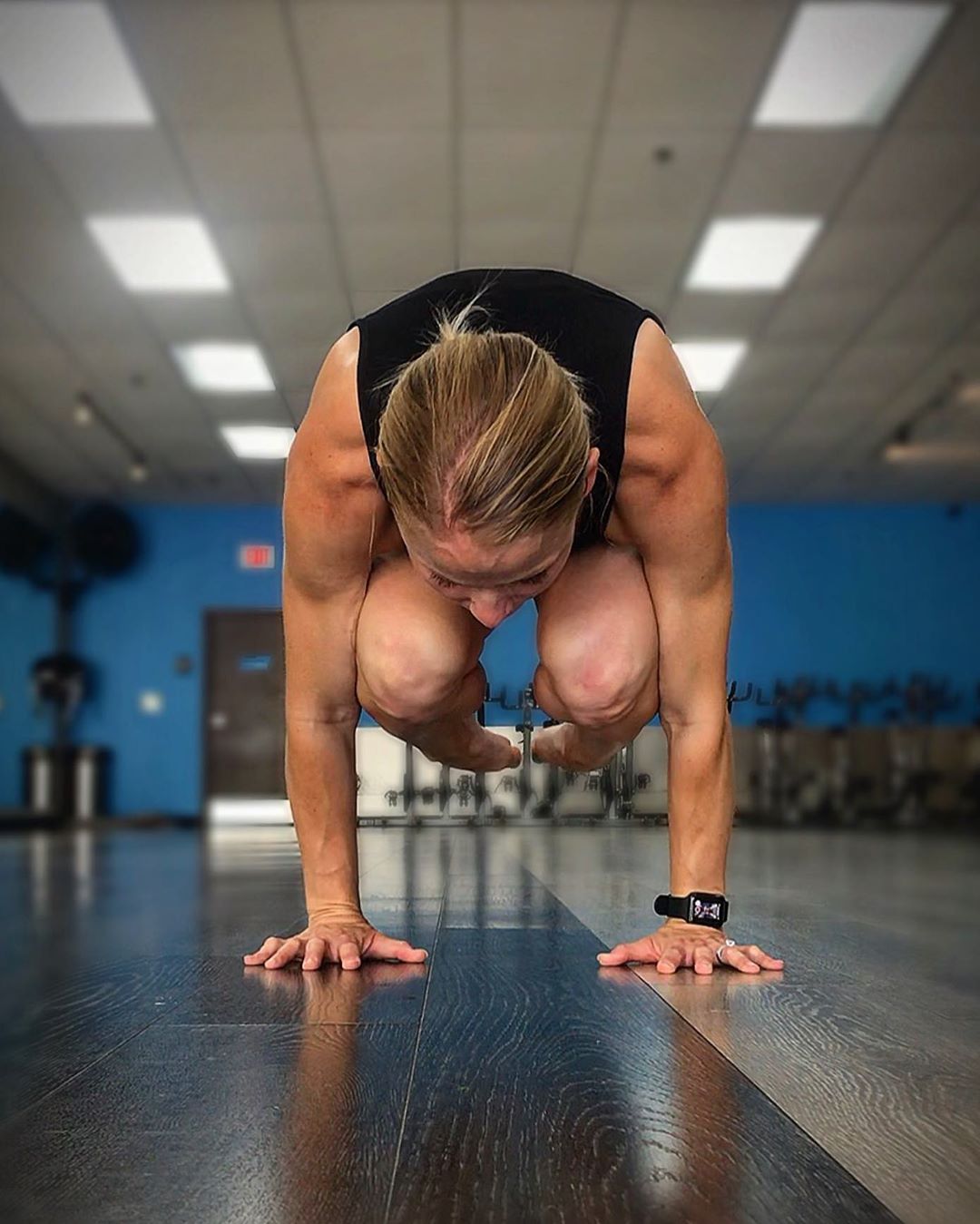
Table of Contents
What Does It Mean By Lolasana (Pendant Pose)?
The term Lolasana has come from two Sanskrit language words
Where the first word is “Lol (लोल), which means “fickle” or “dangling” “Swinging” or “Trembling”
And the second word is “Asana (आसन)”, which means “Yoga Pose”
Lolasana is also known as Pendant Pose or Swing Pose in English. In this posture, you have to lift your upper body and to leave the body weight on your arms. This asana helps in strengthening the shoulders and back muscles or strengthening the hands, wrists, and chests.
This makes your arms very strong. It requires good practice before being qualified in this posture. So, let’s now check how you can practice Lolasana (Pendant Pose or Swing Pose) as well as what are the benefits of practicing this asana on a daily basis.
Preparatory Poses Of Lolasana:
- Marjariasana (मार्जरासन) or Cat Stretch Pose/Cat Pose
- Chaturanga Dandasana (चतुरंग दंडासन) or Four-Limbed Staff Pose
- Malasana/Upavesasana (मालासन/उपवेसान) or Garland Pose/Squat Pose
- Adho Mukha Svanasana (अधो मुख श्वानासन) or Downward Facing Dog Pose
- Balasana (बालासन) or Child’s Pose
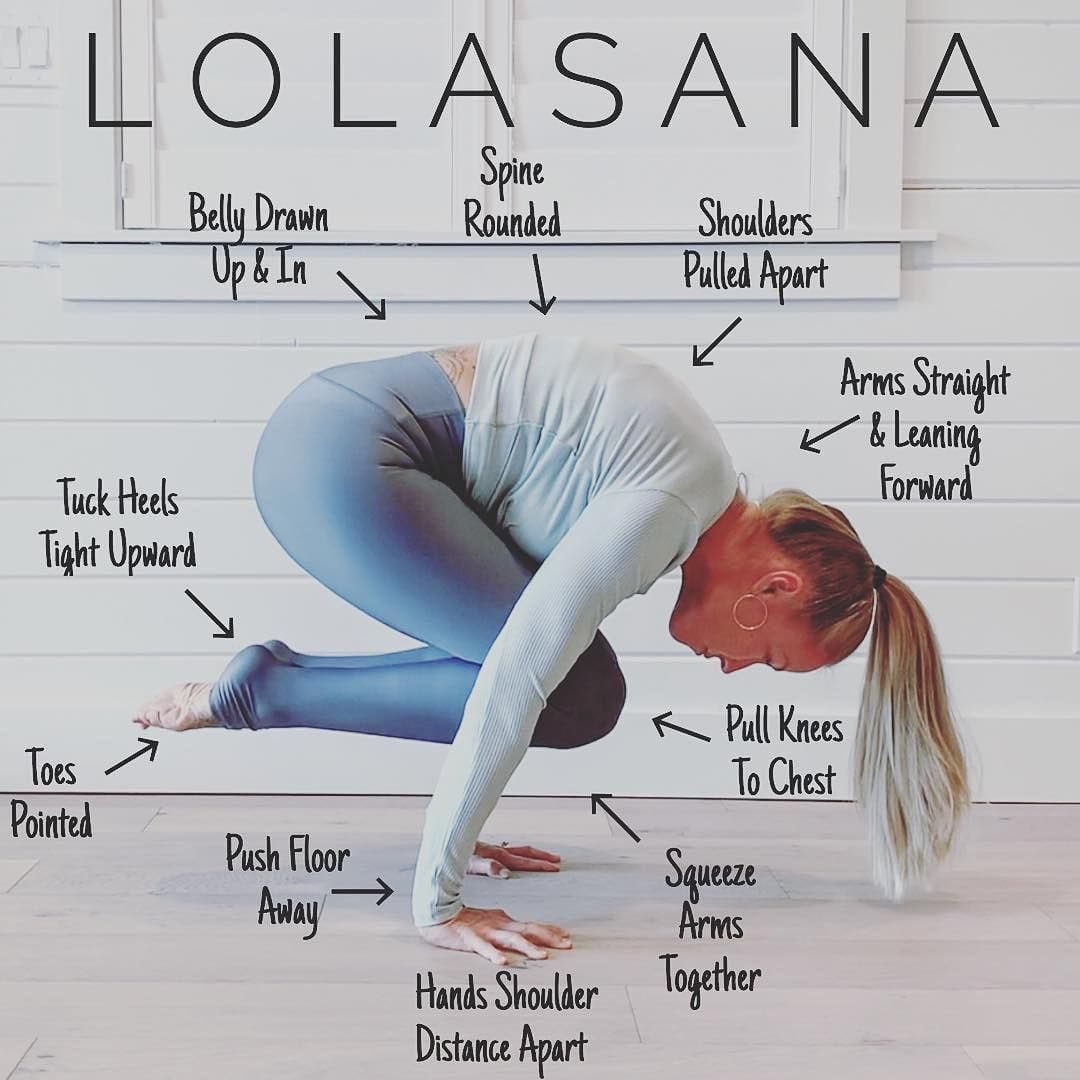
Method Of Doing Lolasana (Pendant Pose):
- At first, Sit In the Virasana or Hero Pose on the floor or on a yoga mat
- Now place your both palms on the ground by the side of your knee (slightly behind your knees)
- Bend your upper body a little in front of you
- Inhale and press the hands against the floor
- With an exhale suck your belly in to lift your knees
- Try to touch your chest with the knees
- Do not lift your feet from the ground yet
- Cross your legs by putting one foot on another
- Now lift your crossed legs from the floor and put your whole body weight on your arms only
- Hold on to this posture for about 30 to 60 seconds or as per your capability
- Slowly get back to your previous position
- This way repeat this asana at least for 5-6 times in the beginning and gradually increase the time
- Exhale and use your abs to lift you
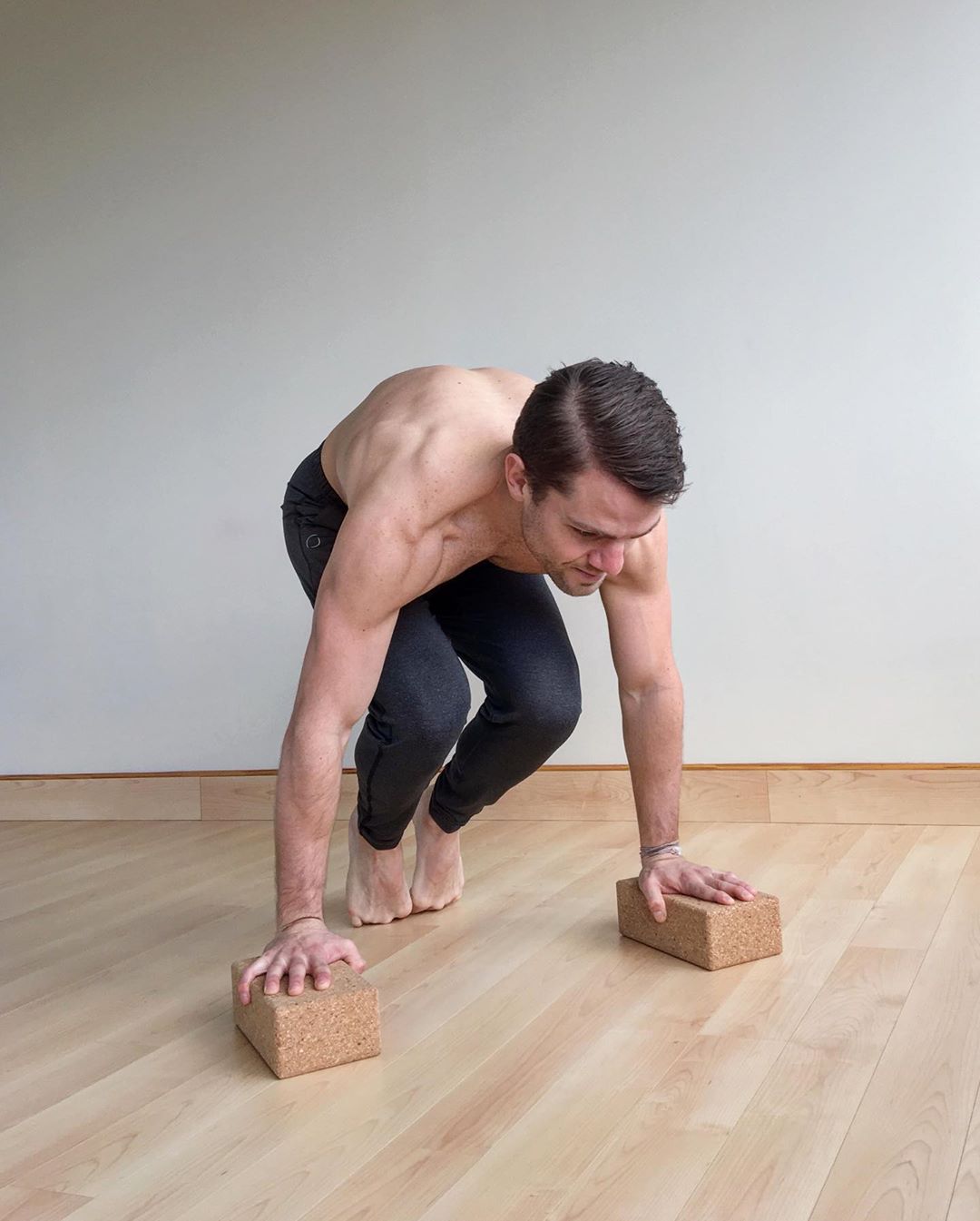
Beginner’s Tips:
If you are a beginner to yoga practice then you must not practice this asana or practice it under the supervision of a yoga expert only
If your palms ache due to the pressure then you can place a folded blanket or yoga block under your palms
In case you are unable to lift your both legs together then lift your leg one by one
Follow-Up Poses Of Lolasana:
- Chaturanga Dandasana (चतुरंग दंडासन) or Four-Limbed Staff Pose
- Adho Mukha Svanasana (अधो मुख श्वानासन) or Downward Facing Dog Pose
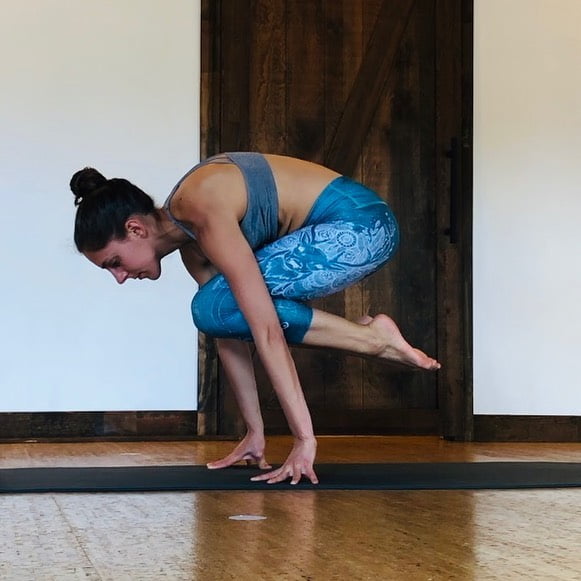
Precautions To Follow During The Practice Of Lolasana:
People with a wrist injury, shoulder pain, and neck problems should not do this posture.
If you have eaten more food then you can have trouble in this asana. Avoid doing it immediately after eating it.
In case you have a high blood pressure problem, do not do it.
It would be better to consult a specialist before doing this as the asana is of advanced or intermediate level
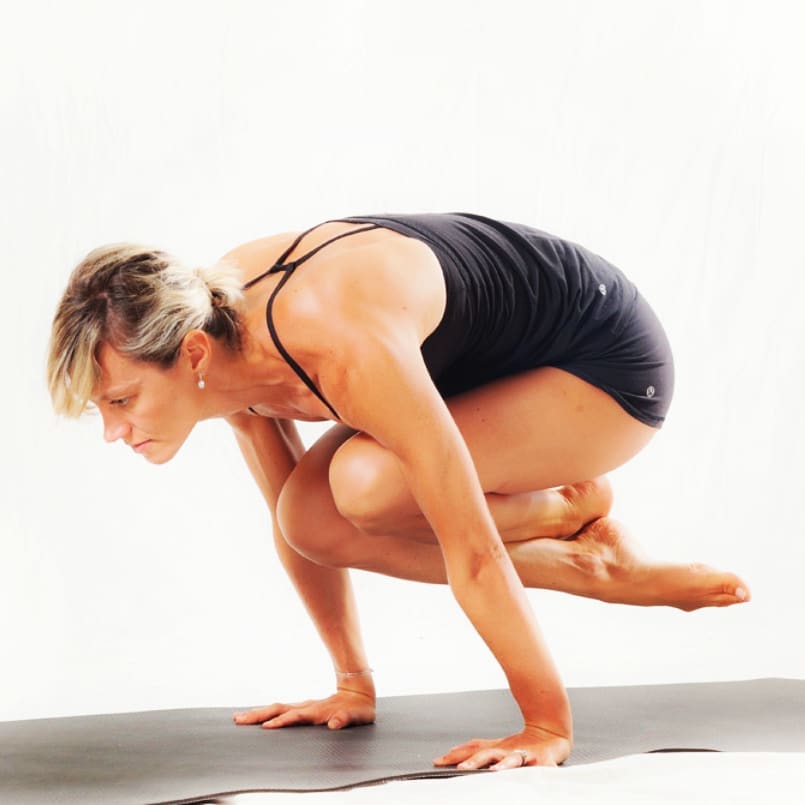
Benefits Of Lolasana (Pendant Pose Or Swing Pose):
- This asana reinforces hands, wrists, and chest
- The practice of this posture strengthens the arms and starts making muscles in the arms
- This asana strengthens the shoulders and back muscles
- Lolasana develops stomach muscles and helps to tone the abdominal area
- The vibrations of the hands are removed and the heart is strong
- It strengthens the ribs and the body remains balanced
- Regular practice of this asana tones up your arms and also enhances your core strength
- This asana improves the body’s balancing power

